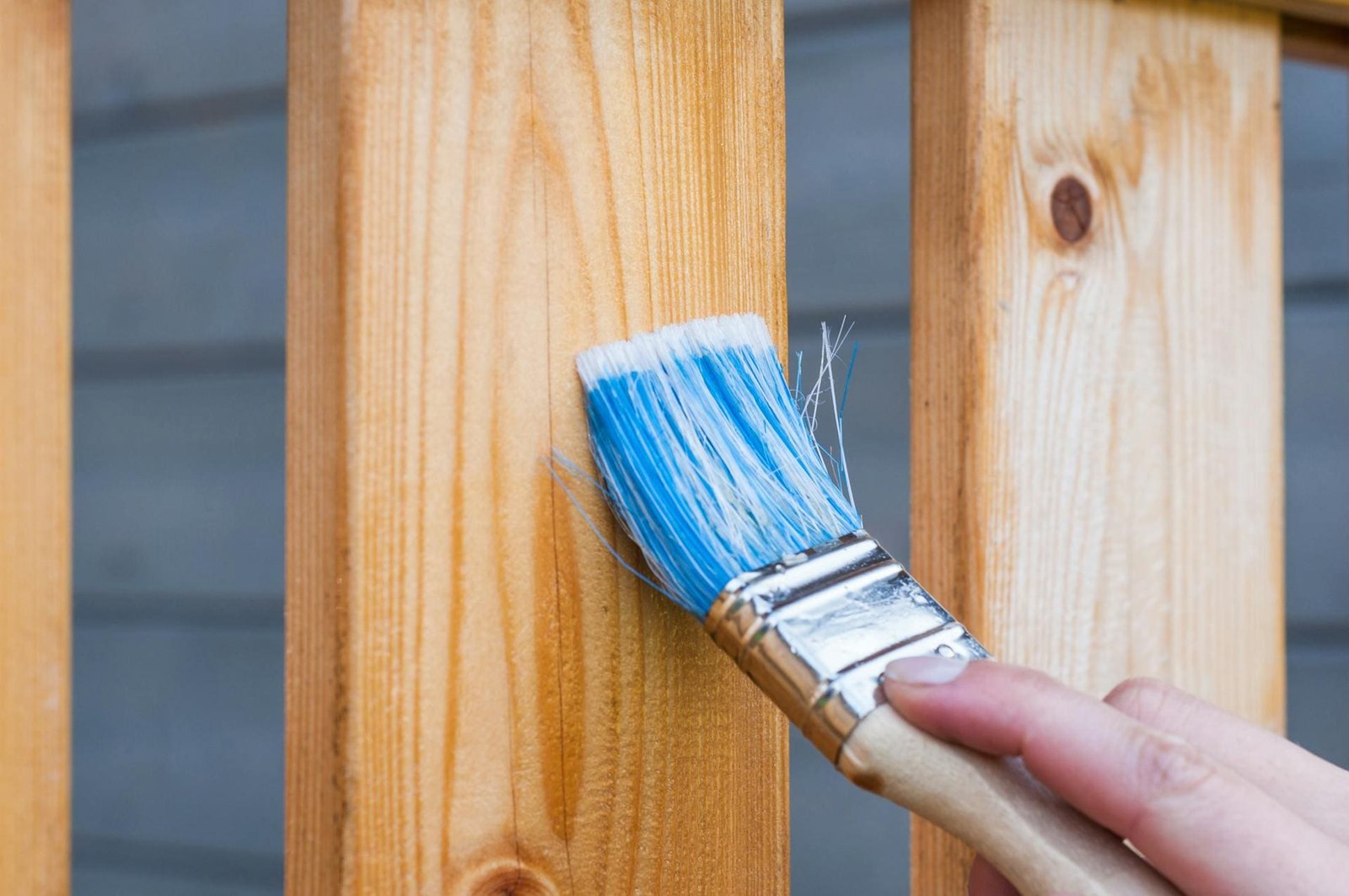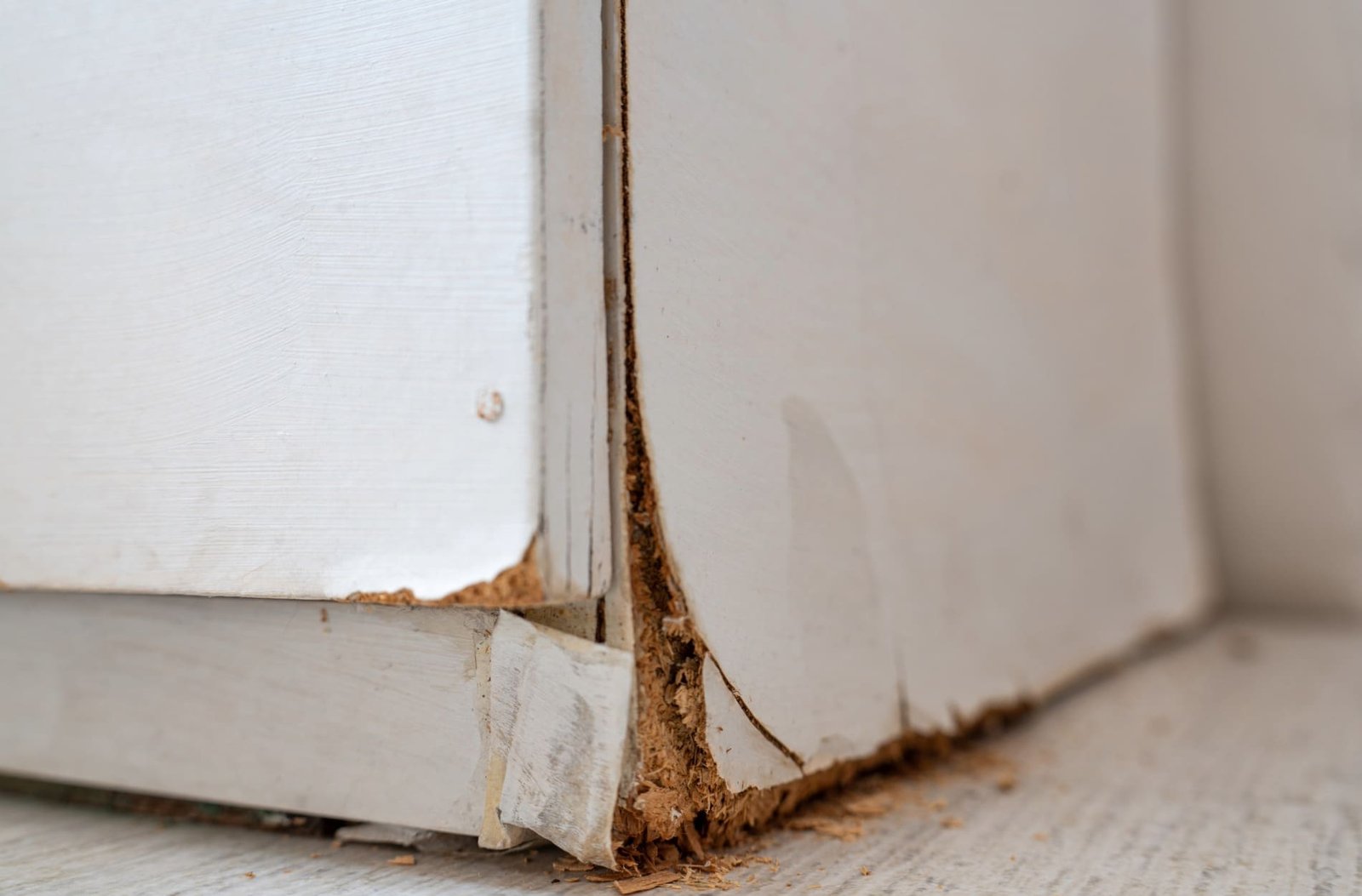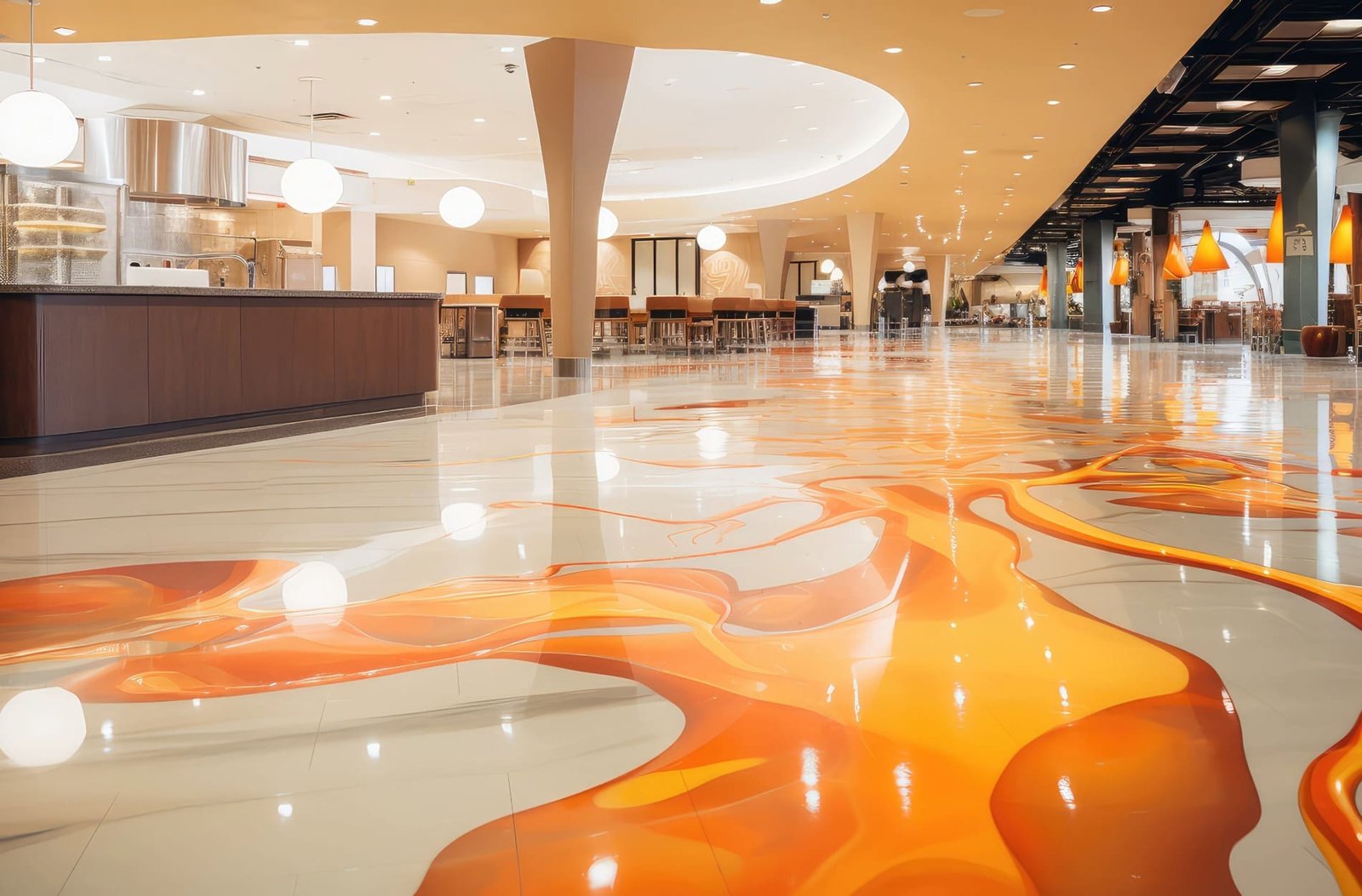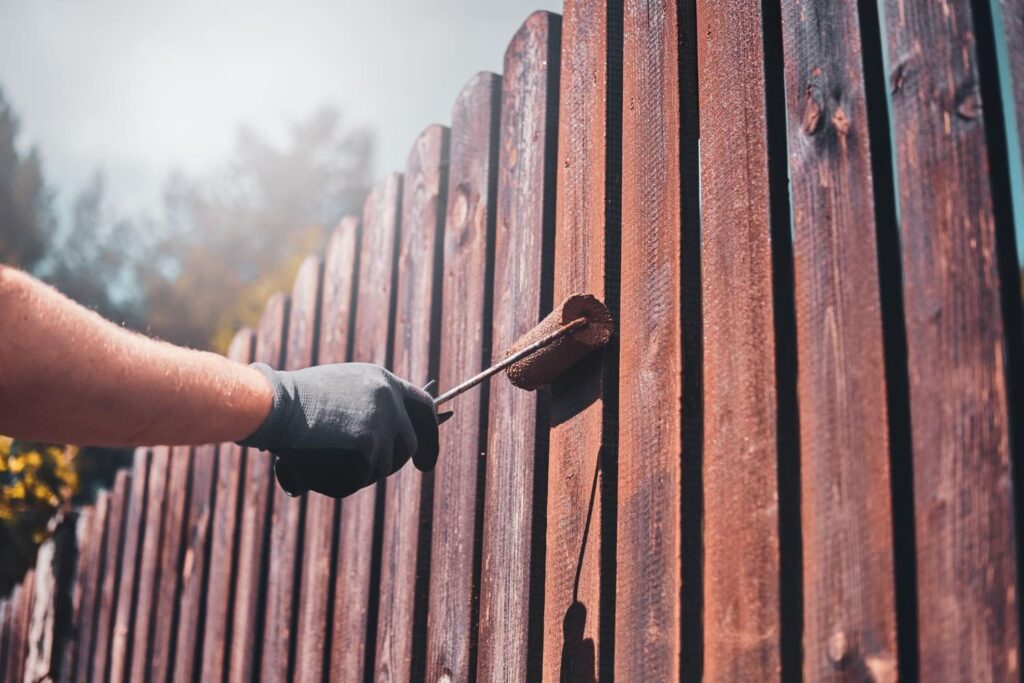Late summer in Middle Tennessee brings plenty of sunshine, and while that’s great for backyard barbecues and warm evenings on the porch, it’s not always ideal for your outdoor surfaces. One thing many homeowners in Williamson County notice around this time of year is how worn their fences can start to look. That rich, freshly stained wood begins to fade or dry out, especially when it’s gotten too much direct sun over the past few months. It’s easy to overlook, but sunlight plays a big role in how long your fence’s stain holds up.
Stained fencing adds to your home’s curb appeal and provides a layer of protection for the wood. But when your property gets loads of sunshine, especially in exposed areas like the front or side yard, UV rays can slowly eat away at the protective finish. Understanding how sun exposure affects staining helps you make smarter choices about materials, maintenance, and overall fence care around Nashville and the Williamson County area. If your fence is starting to show its age, the root cause might be more than just time—it might be the sun.
Understanding Sun Exposure
Most people think of UV rays as something that affects their skin, but those same rays also wear down materials like wood. Over time, sunlight breaks down the chemical structure of wood stains. This causes the finish to lighten, turn dull, or lose that rich color you started with. Even a high-quality stain can’t avoid the toll that consistent UV exposure takes. It just slows it down.
In Williamson County, summers are long and can get pretty hot. Properties with fences facing south or west often get the worst of the sun’s rays each afternoon. That kind of constant exposure pulls moisture out of the wood, making it dry and brittle. When this happens, the stain starts to flake, and the wood can even start to crack. You may not notice it in week one or two, but after a full season, the difference in one part of the fence versus a shaded section can be clear as day.
Fences in Davidson County neighborhoods with fewer trees or open yards seem to fade faster too. If your yard doesn’t have natural coverage, like large trees or nearby buildings that block direct sunlight, your fence is being hit harder than one with more shade to break it up. Humidity and heat also play a role. Nashville’s steamy summers, mixed with strong UV rays, create the right conditions for wood to start drying out and breaking down.
A big part of fence maintenance is tuning into your local weather patterns and sun exposure. In areas where sunlight beats down most of the day, your staining routine and choice of stain materials should adjust to handle that impact. Skipping attention to this step is like leaving sunscreen off during a day at the lake. You might not see the damage right away, but it’ll catch up over time.
Signs Your Fence’s Stain Is Affected By The Sun
If you’re unsure whether your fence is dealing with too much sun damage, there are a few tell-tale signs to look out for. You don’t need to be an expert to spot them either. Just give your fence a good look now and then, especially in parts of your yard where the sunlight hits most.
Here are some of the most common signs of sun-damaged stain:
- Faded color: The finish no longer looks like it did when it was freshly stained. It could look washed out or uneven.
- Gray patches: Wood that’s turning gray has lost its protective barrier. This usually means the stain has worn off and the bare wood is now taking UV damage directly.
- Peeling or flaking: If you see the stain starting to lift off the wood, it may be time to re-stain. This tends to happen when the wood underneath has dried out too much.
- Cracks in the wood: As sunlight dries out the wood, it can lead to small splits or cracks, especially near nail holes or along edges.
- Uneven wear: You might notice that certain sides of your fence look worse than others. In Davidson County, it’s common to see street-facing fences fade faster than those facing neighboring yards due to exposure.
Imagine a family in East Nashville with a fence that gets direct sun from morning to evening. The side closest to the street, with nothing to block the light, looks pale and scratched up at the end of summer. But the other side of the fence, shaded by a tree line, still has its deep, rich color. That’s how big a difference the sun can make.
If any of these signs start to show up, it’s a smart idea to plan early before the damage gets worse. Waiting too long could mean the wood starts to split or warp, and at that point, fixing it costs a lot more. Regular checks during late summer, especially in sunny areas like Franklin or Brentwood, can help you stay on top of the issue.
Preventative Measures to Protect Your Fence
Once sun damage sets in, it can be hard to reverse without re-staining or even replacing parts of your fence. That’s why preventing the damage early on is worth the effort. Whether you’re dealing with direct sunlight in Franklin or catching those peak daylight hours in Brentwood, taking a few smart steps right away can protect your fence before the heat does its work.
Start with the stain itself. Look for a product labeled UV-resistant. These stains are made specifically to hold up against prolonged sun exposure and offer better shielding than basic products. Some also include added mildewcides or sealants, which help the wood resist the mix of sunlight and humidity that’s so common in Williamson County. The color you choose plays a role too. Darker stains absorb sunlight faster and often fade quicker, while lighter ones reflect more heat and tend to last a bit longer.
How you apply the stain matters too. Brush application drives stain deeper into the wood fibers compared to spraying, especially with rough-cut cedar or pine. A double coat applied evenly can make a big difference in durability. Overlaps, drip lines, and rushed spots are often where sun damage starts first, so careful and consistent application matters more than speed.
Fence maintenance doesn’t stop once the stain dries. Make these steps part of your routine:
- Rinse off dirt and dust with a hose a couple of times throughout the summer.
- Inspect for soft areas or raised grain that could invite water damage on top of sun wear.
- Reapply stain every 2 to 3 years, or earlier if you see heavy fading.
- Trim back overgrowth that may trap extra moisture against the fence boards.
- Adjust sprinklers so they don’t constantly spray the fence. Sun mixed with regular moisture makes stain break down faster.
Homeowners in places like Spring Hill and Nolensville benefit from checking their fences more often during summer. Late July through August is when post-stain fading tends to accelerate. Staying ahead of damage now saves more work and higher costs later.
Benefits of Professional Fence Staining Services
Hiring someone to stain your fence isn’t just about making it look better. It helps keep the fence protected longer. Especially in Williamson County, where changing weather and sun exposure work against you, having an expert handle the job means the stain lasts and performs the way it should.
Professionals don’t just grab a brush and go. They assess your fence first, looking at factors like sun exposure, fence age, and wood type. A professional crew takes time to prep the surface, strip off old or failing coatings, and fix any boards that need repair before staining begins. It’s a full preparation and finish process, not just a fresh coat of color.
They also use staining techniques that improve coverage and shielding. Pros often use commercial-grade equipment and stains you won’t find in standard hardware stores. So instead of layering over sun-damaged wood, they bring the surface back to a healthy base before coating for longer-lasting results.
In places like Fairview or College Grove, where yards are often wide open with no natural shade, this custom approach really pays off. A homeowner doing it alone might buy a stain that fades fast on sunbaked planks. An expert would adjust both the product and the method based on sun angles, fence layout, and elevation. That kind of insight makes your project last far beyond the average job.
Working with a team that understands Tennessee’s weather patterns means you’re getting a customized approach, not guesswork. It’s one of the best ways to fight back against longer sun hours and high humidity.
A Fence That Lasts Beyond the Seasons
Fences take a beating from the Tennessee sun, especially during long summer stretches like late August. The impact might not appear all at once, but when it does, it shows through fading, cracking, and worn-down surfaces. Keeping your fence in top shape takes planning and knowing what your yard is up against. Sunlight is one of the biggest challenges.
Whether you’re in Franklin with broad fence lines soaking up late-day rays or living in Brentwood with shaded corners helping offset the exposure, staying on top of fence care matters. Regular checks, smart stain choices, and calling in professionals when needed all help make sure your fence keeps doing its job.
A well-maintained fence doesn’t just look good. It holds strong, supports your curb appeal, and protects your yard the way it was built to. With the right protection and local know-how, even the brightest Tennessee sunshine won’t stand a chance.
If you’re ready to keep your fence looking its best throughout the year, consider professional help to address sun exposure. Learn more about our fence staining services to ensure optimal protection and lasting beauty for your outdoor spaces. With PaintPro’s expertise, you can safeguard your fence against the harsh Tennessee sun, providing peace of mind and added value to your home in Davidson County.








